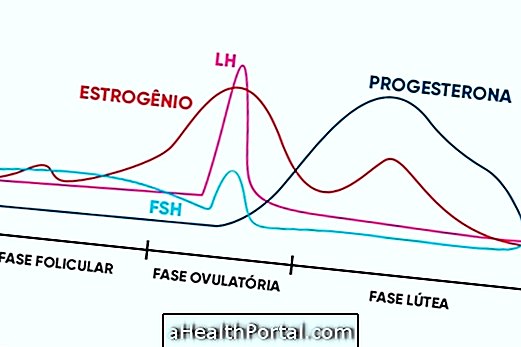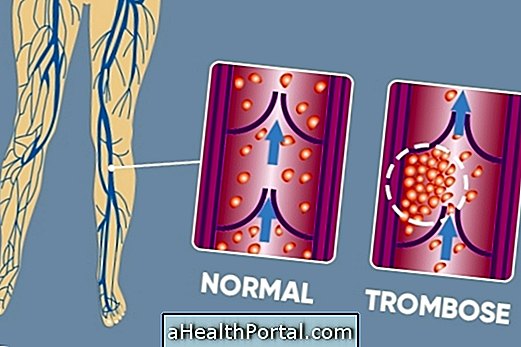Diastema corresponds to the space between two or more teeth, usually between the two upper front teeth, which can happen due to the size difference between the teeth or the fact that the tooth has fallen, being, in these cases, naturally resolved with the development of the dentition.
Separated teeth do not necessarily need to be corrected, however, after the dentist's evaluation, the use of dental prostheses or application of resin, for example, may be recommended.

Diastema treatment
The treatment for separate teeth, known scientifically as diastema, varies according to the cause of the problem and the distance between the teeth. Thus, all cases must be evaluated by a dentist in order to identify the most convenient way for each person.
However, the most used treatments include:
- Fixed dental appliance: it is usually used in children and adolescents to correct a small space between the teeth. It should be used for 1 to 3 years and, after being removed, it is necessary to place a small strip of metal behind the teeth to prevent them from moving away;
- Fixed dental prostheses, also known as veneers: it is the correction most used in adults or when the distance between the teeth is greater. It consists of placing dental contact lenses that cover and stick to the teeth, covering the space between them. Better understand how this technique works.
- Resin application: can be used when the teeth are not far apart, applying a resin that dries and becomes hard, closing the space between the teeth. This technique is more fragile than facets, as the resin can break or move;
- Practice speech therapy exercises to reposition the tongue, such as sucking on a bullet that should always be positioned in the roof of the mouth, just behind the incisor teeth. Check out more exercises for loose tongue.
In addition, there are cases in which the teeth are separated due to the low insertion of the lip brake, which is the skin that joins the interior of the upper lip to the gums. In these cases, the dentist may recommend surgery to cut the brake, allowing the teeth to naturally return to their place.
Why teeth are separated
There are several causes for the increase in the distance between the teeth, the most common being that the jaws are larger than the size of the teeth, allowing them to be further apart. However, other causes include:
- Poor positioning of the tongue, which hits the teeth, causing a fan-shaped tooth spacing;
- Lack of growth of some teeth;
- Difference in tooth size;
- Low insertion of the lip brake;
- Excessive suction on the finger or
- Blows in the mouth, for example.
Separated teeth are also characteristic of some diseases such as Down's syndrome, acromegaly or Paget's disease.
Was this information helpful?
Yes No
Your opinion is important! Write here how we can improve our text:
Any questions? Click here to be answered.
Email in which you want to receive a reply:
Check the confirmation email we sent you.
Your name:
Reason for visit:
--- Choose your reason --- DiseaseLive betterHelp another personGain knowledge
Are you a health professional?
NoMedicalPharmaceuticalsNurseNutritionistBiomedicalPhysiotherapistBeauticianOther



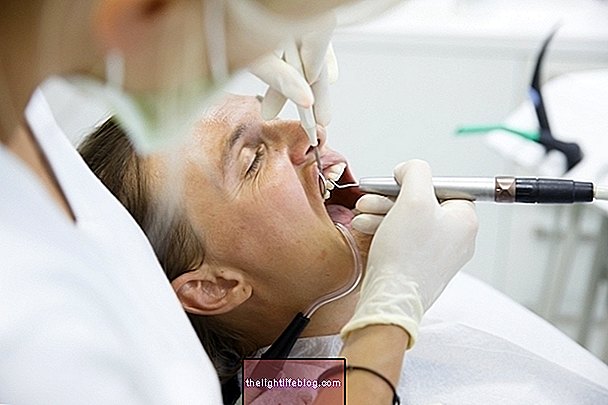
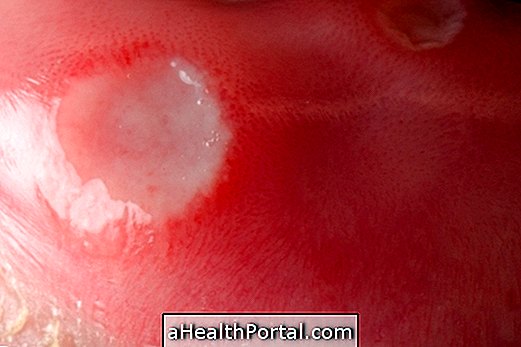
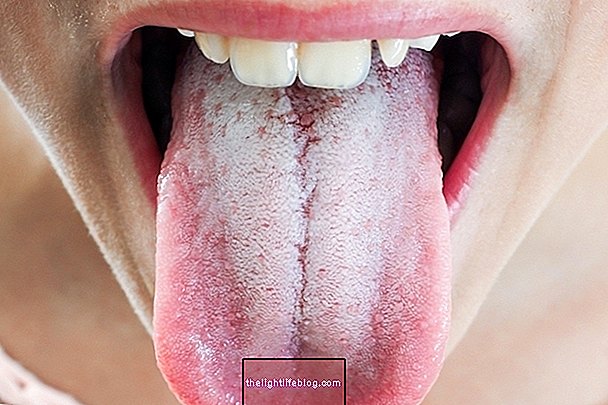

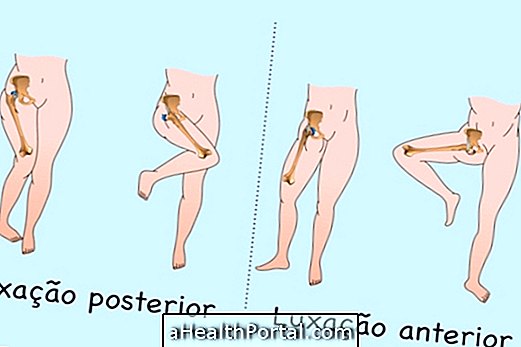

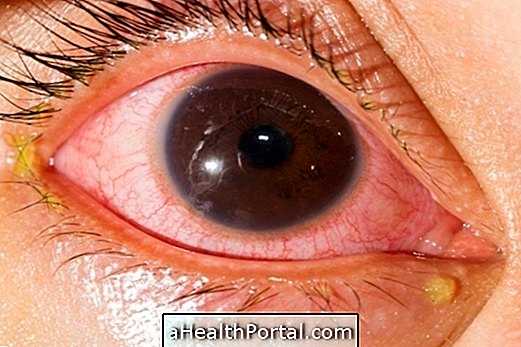









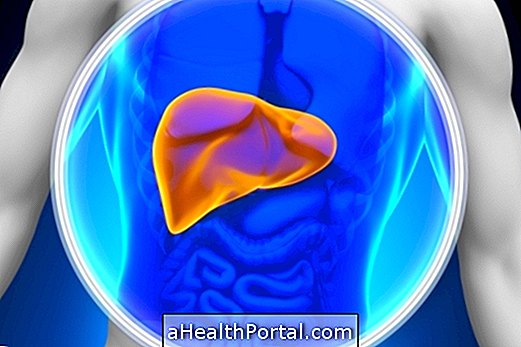

-o-que-so-tipos-e-para-que-servem.jpg)

